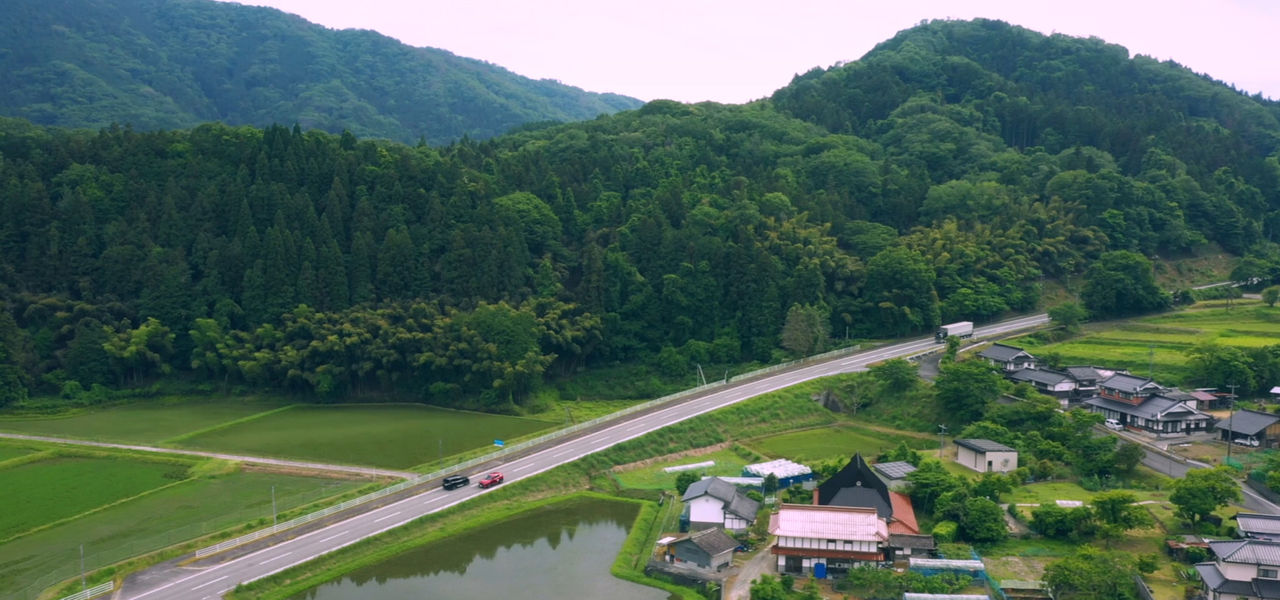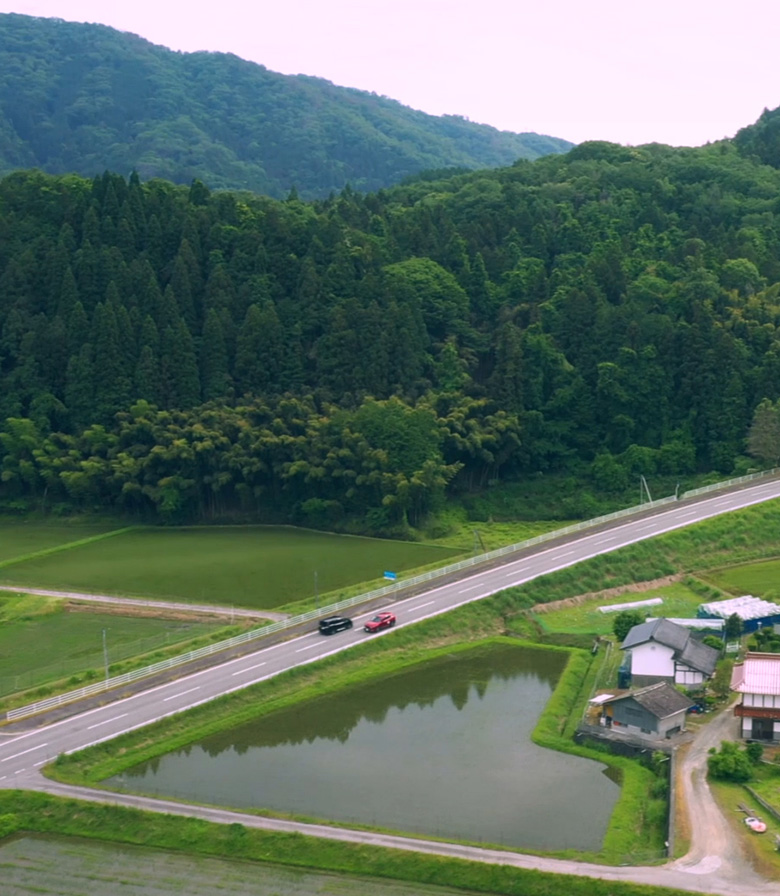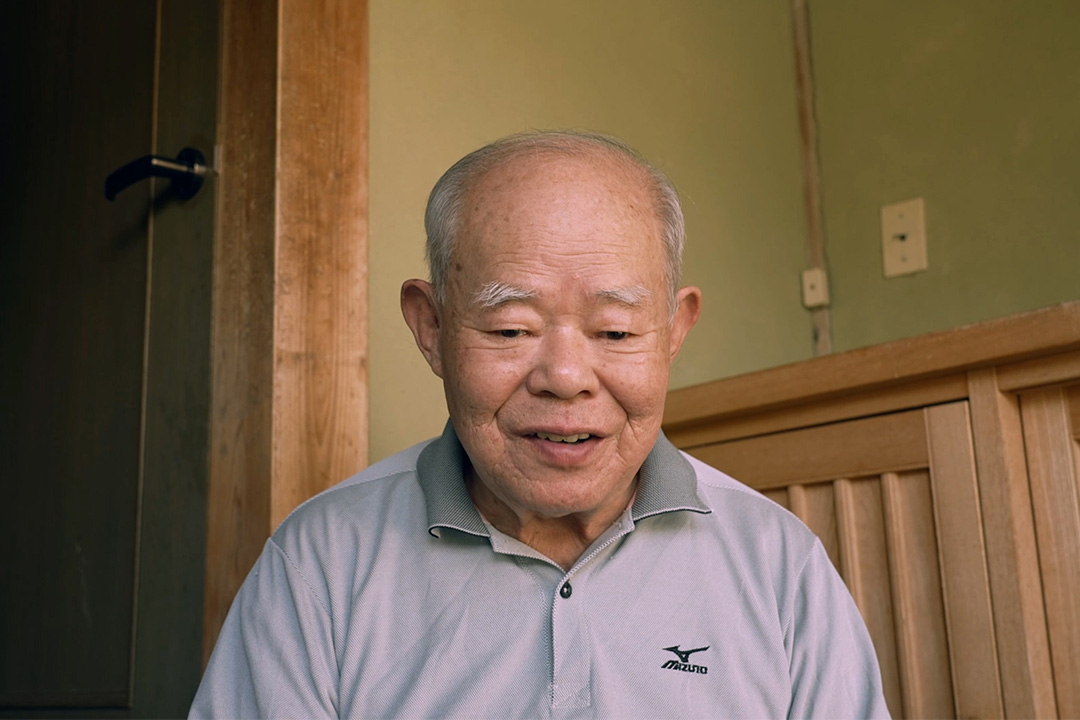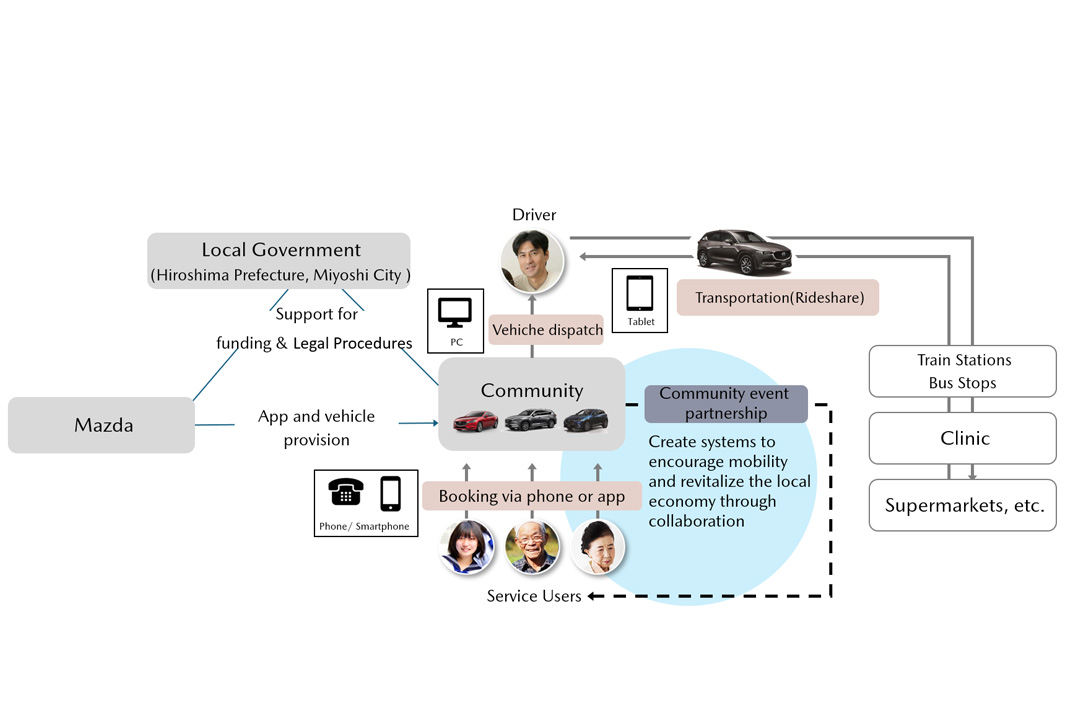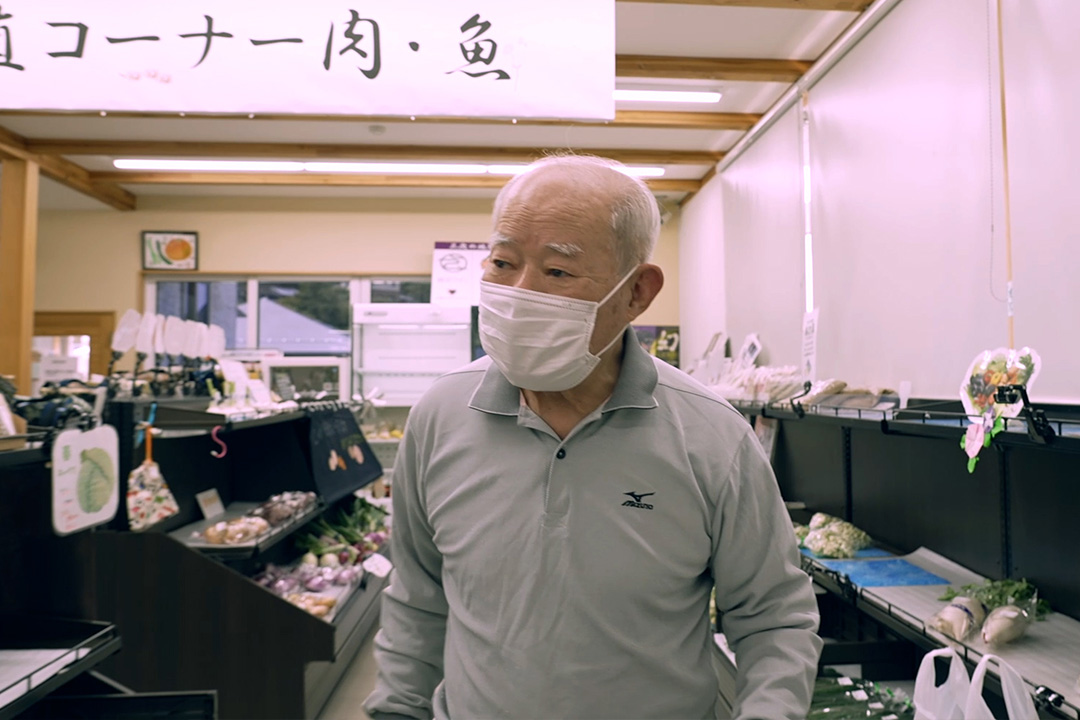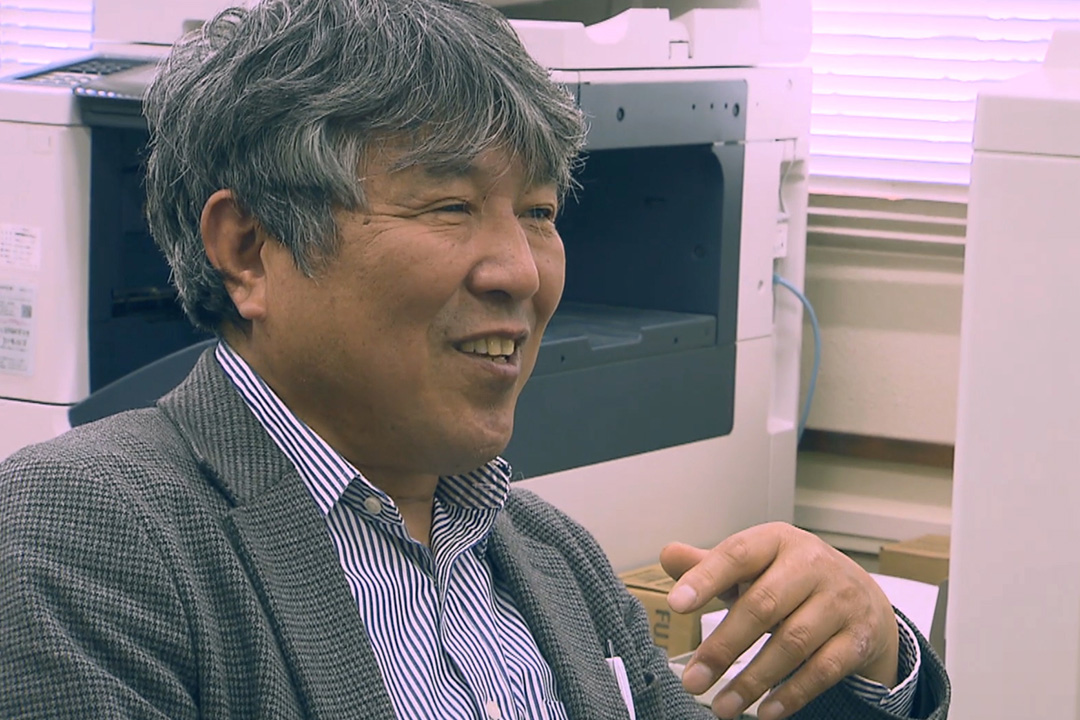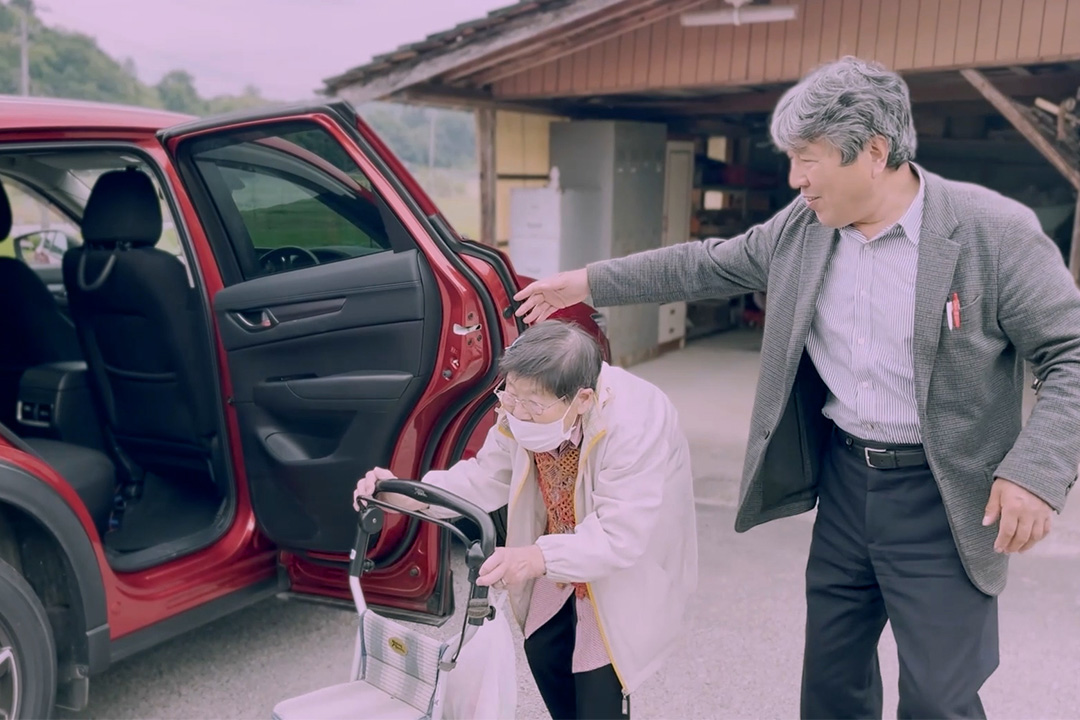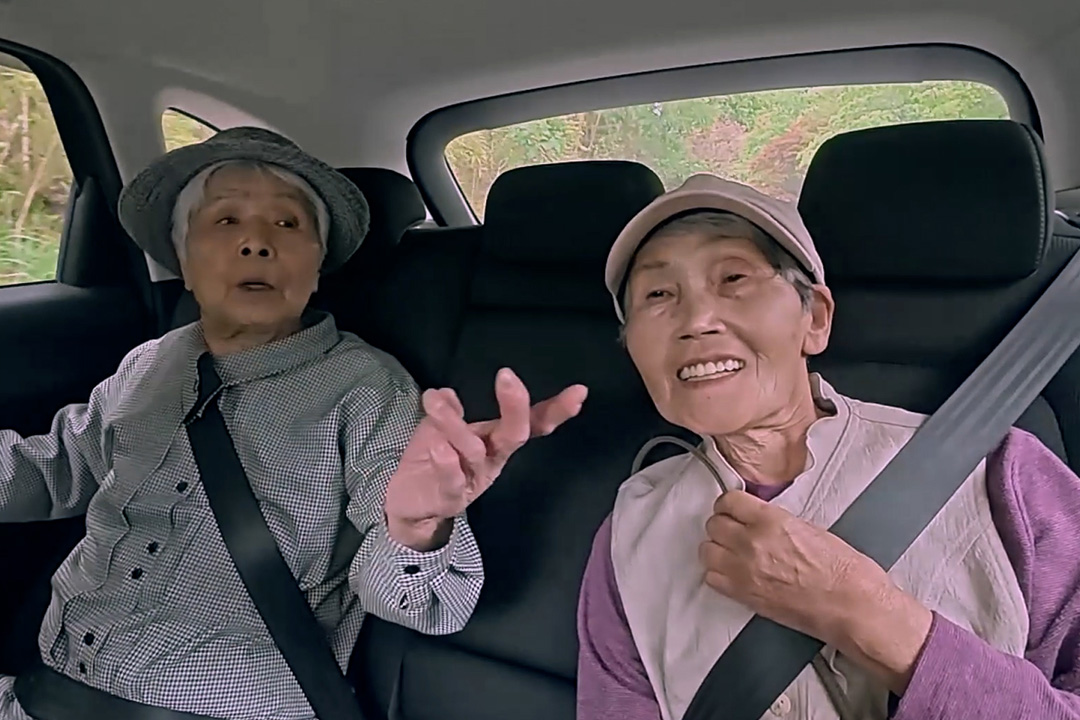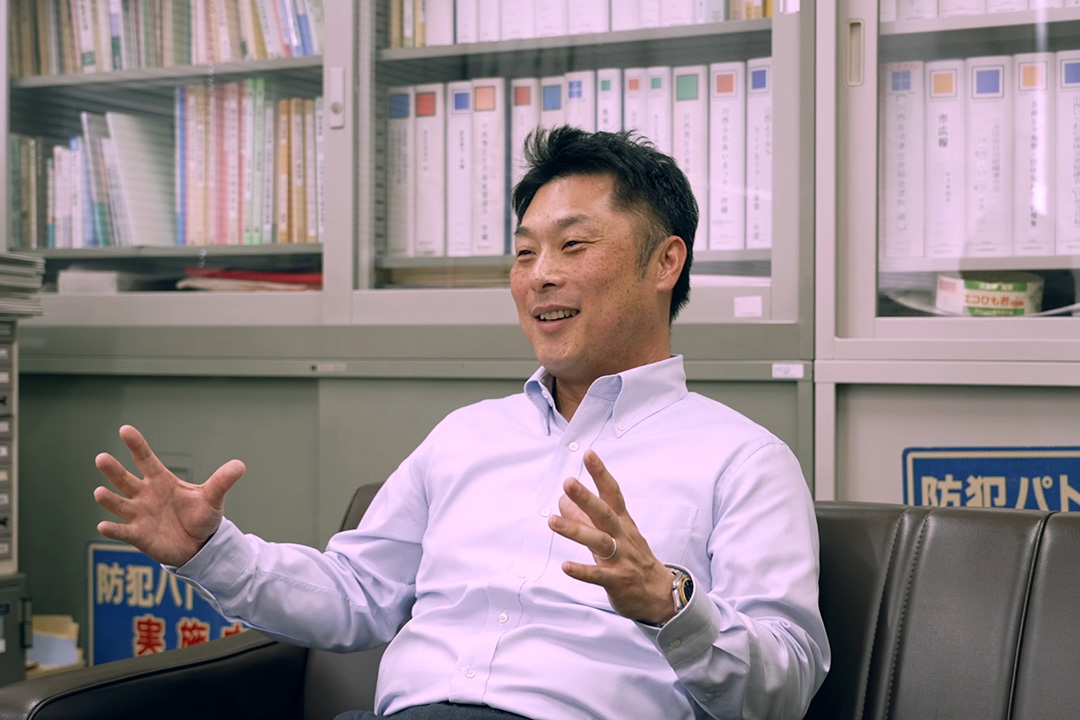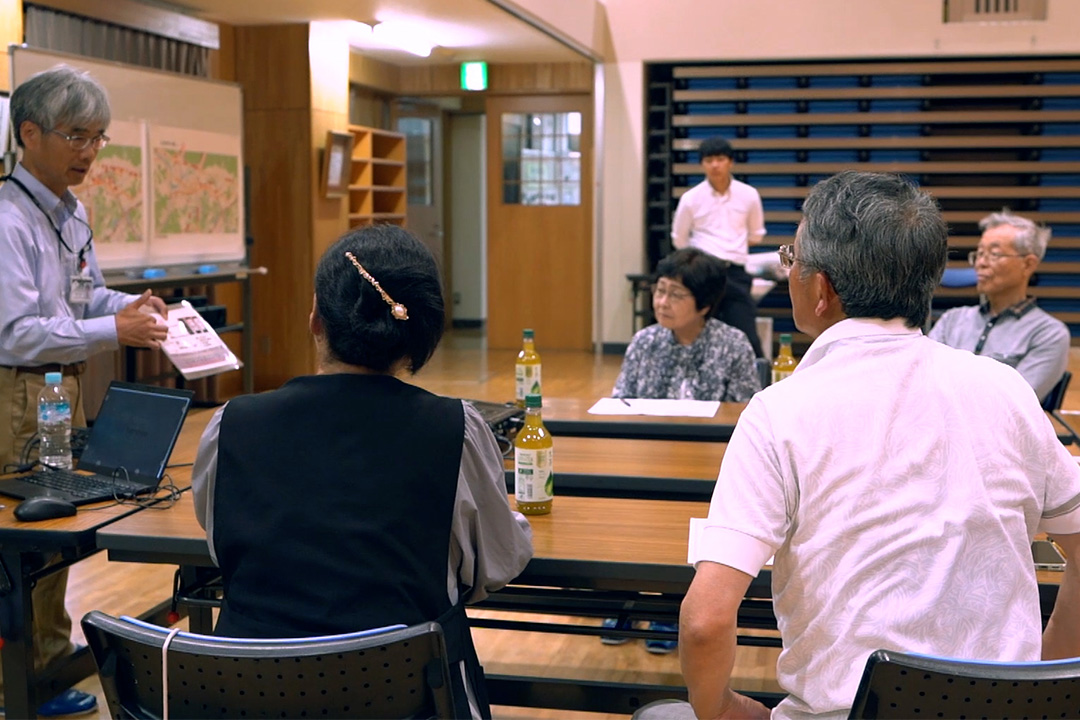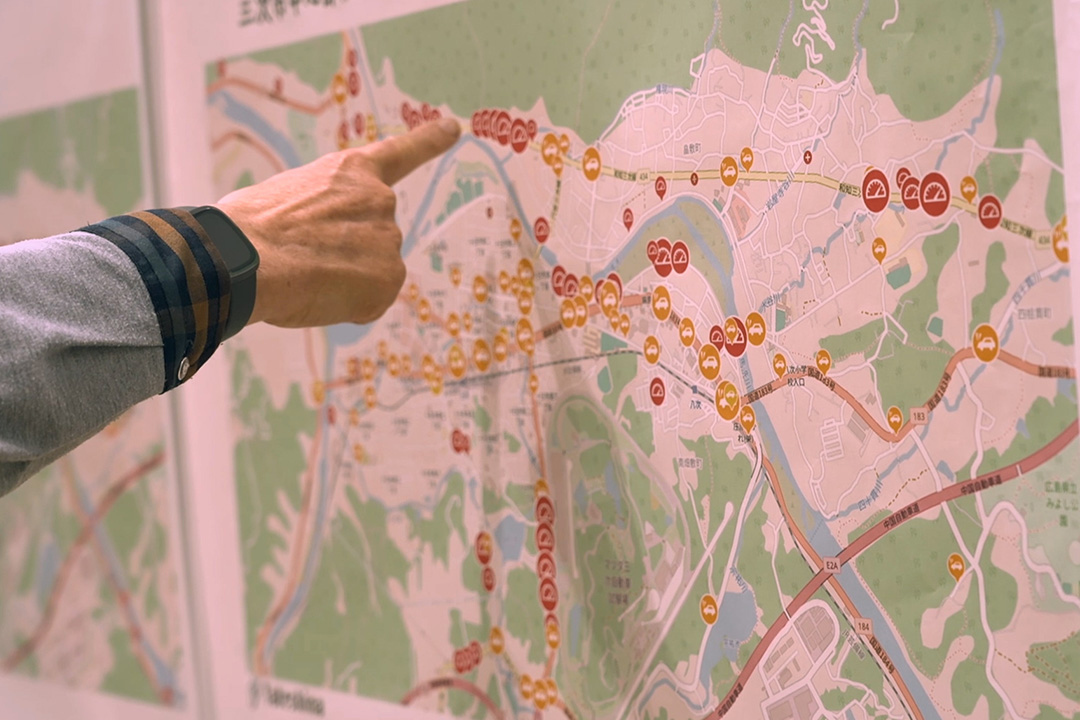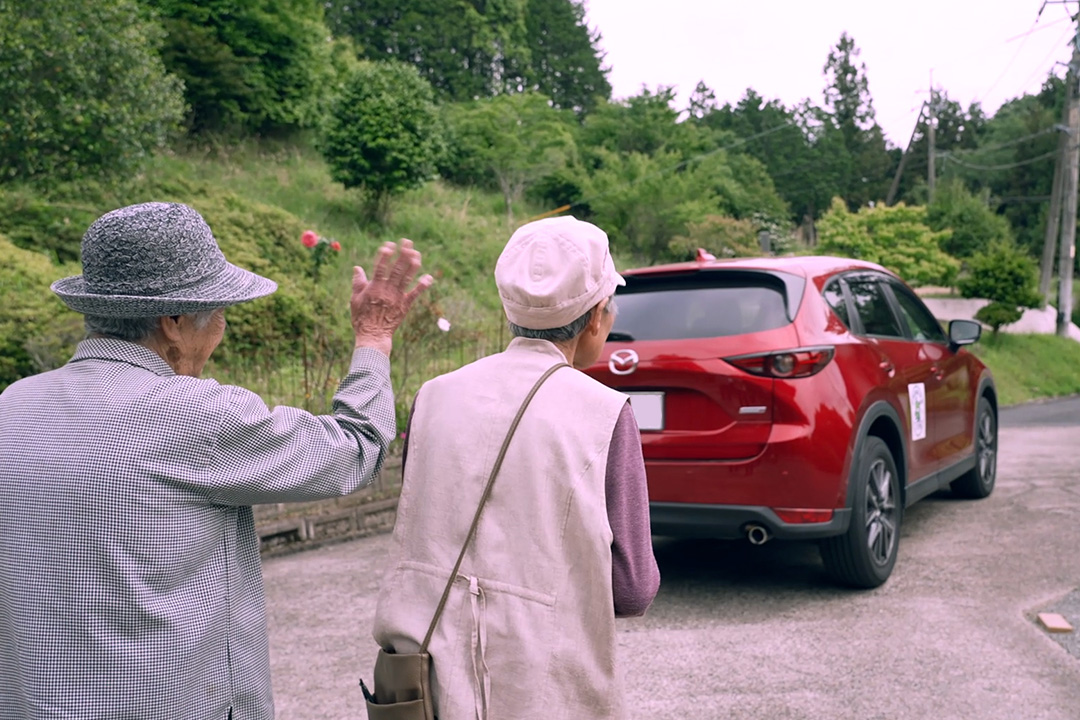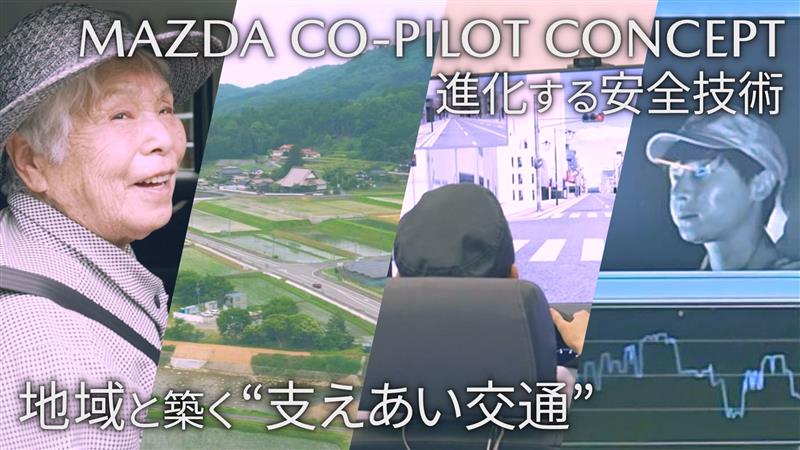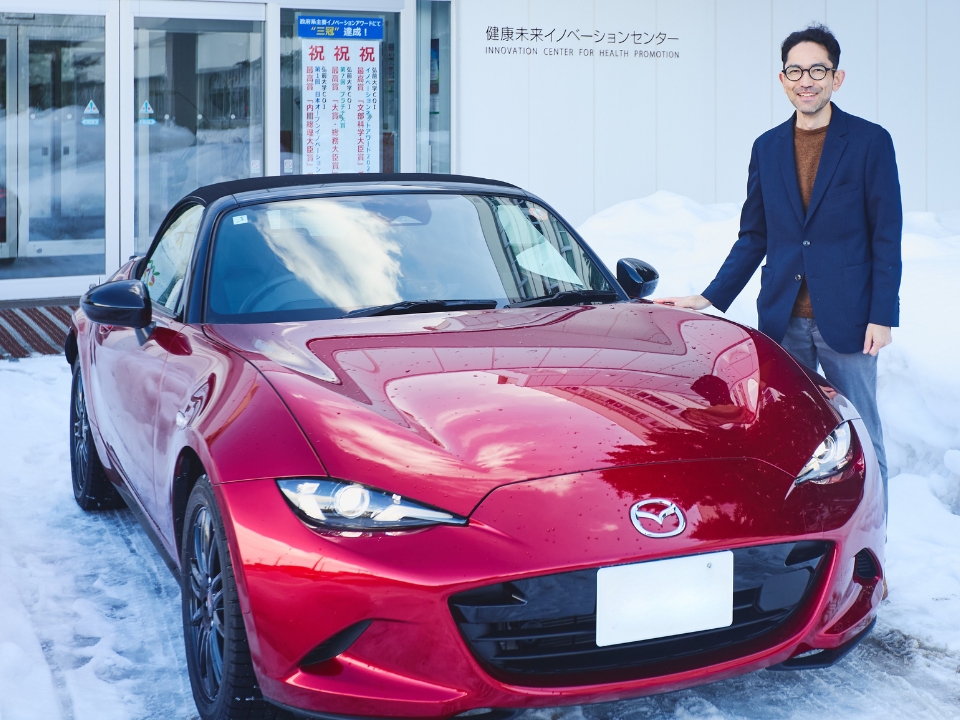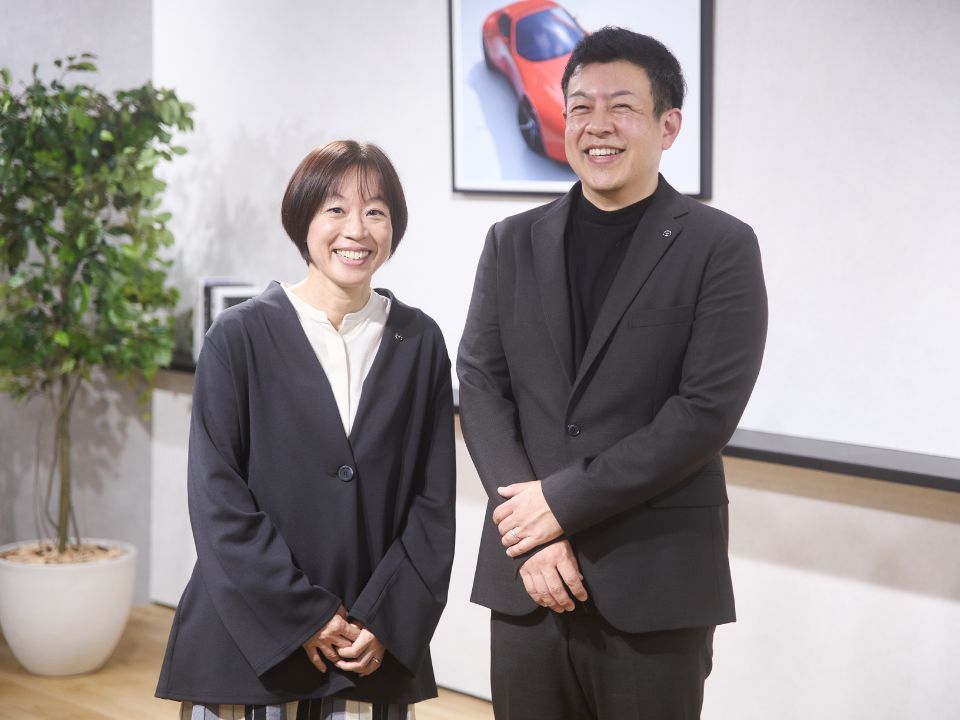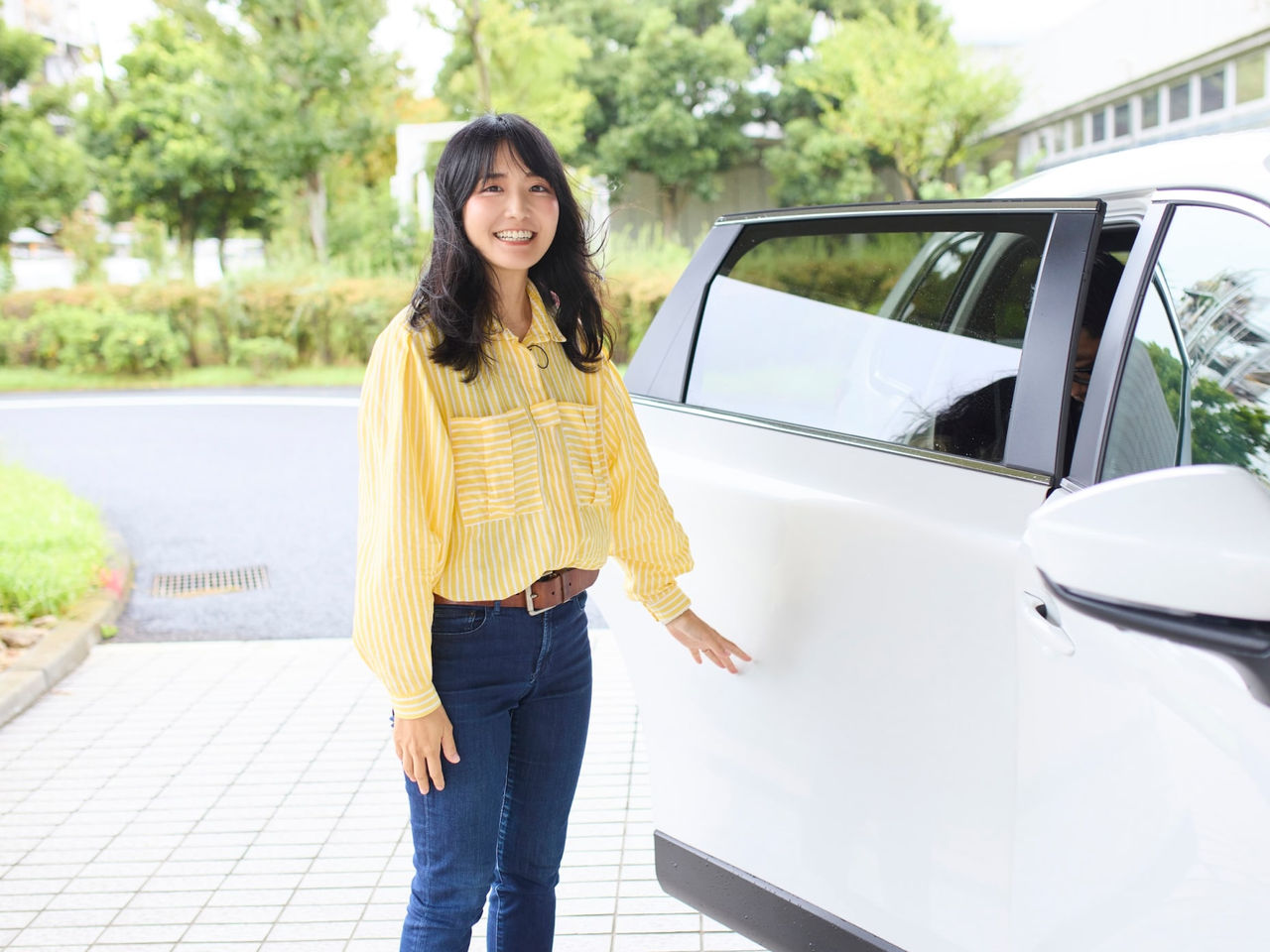Imagine living alone as a senior citizen, with no car to get you around and limited access to public transport. When you consider the effect this could have on your life, it's hard not to feel concerned. But this isn’t a distant scenario, it’s something that you or your family could be facing in the very near future.
To address these issues, Mazda is working with local communities to find solutions to daily transportation challenges. When you need to get around but can no longer drive, what are your options? Read on to find out how Mazda is answering this question.
